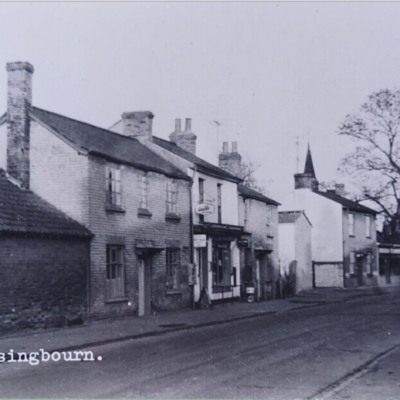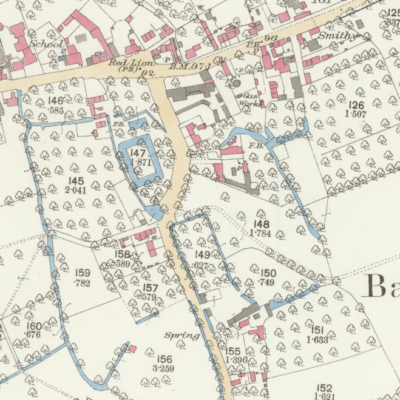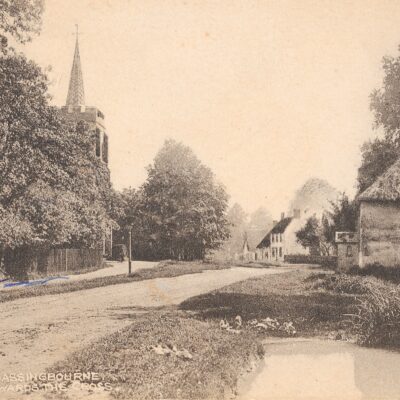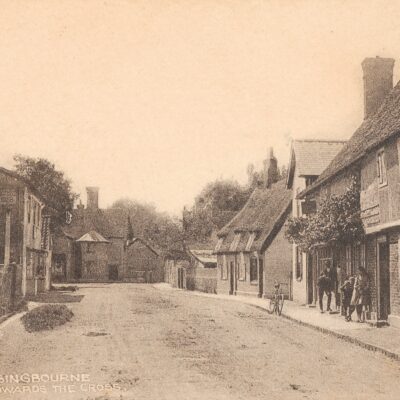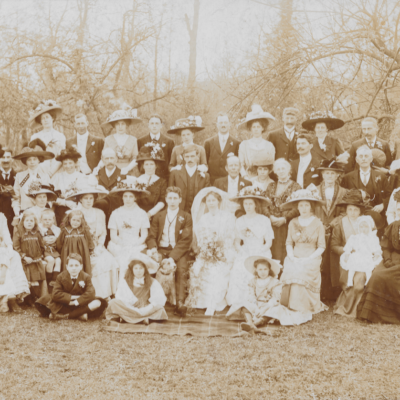Search by topic
- archaeology
- Building of Local Interest
- chapel
- charity
- church
- crime
- dressmaker
- fire
- Great Eastern Railway
- Listed building
- Mapping Relief
- medieval
- oral history
- poverty
- Public House
- Religious House
- Roman
- scholar
- school
- Then and Now
- tudor
- women
- work
- world war one
- world war two
Search by text
Bury Yard moated site adjacent to Milldyke
History of Bury Yard moated site
Bury Yard moated site survives as a very well preserved and largely undisturbed example of this monument class. Its form and layout – supported by a wealth of historical records – demonstrate its evolution from a defensive dwelling to a high status residence.
……….
The moated site is associated with the manor of Richmonds which, before the Norman Conquest, belonged to Eddeva the Fair (Edith Swanneck), widow of Edward the Confessor. By the time of the Domesday Survey of 1086 the land had passed to Count Alan, Lord of Richmond, and it is thought that he, or more probably his successor, Count Conan, constructed the inner moat some time before 1171 on that portion of the manor’s land known as Bury Yard.
………..
By the early 13th century the manor was in the hands of the Crown, being held during the 14th century by John of Gaunt who is believed to have lived at the former Richmonds manor house some time before 1372. In 1455 Bury Yard was granted to John Lynne, a London merchant. His son, Richard, replaced the original house, which is known to have been in ruins by 1436.
Contribute
Do you have any information about the people or places in this article? If so, then please let us know using the Contact page or by emailing capturingcambridge@
License
This work is licensed under CC BY-NC-SA 4.0






